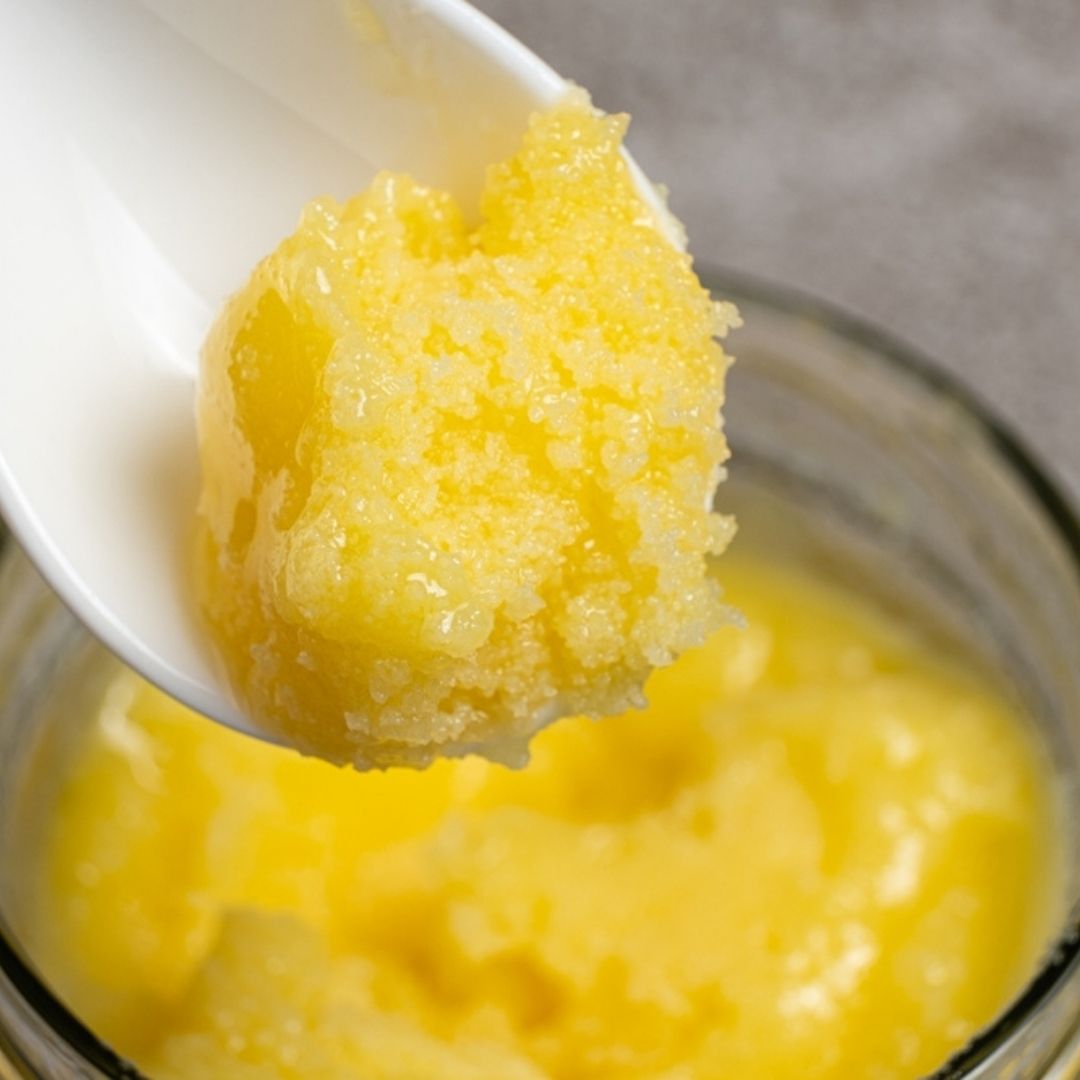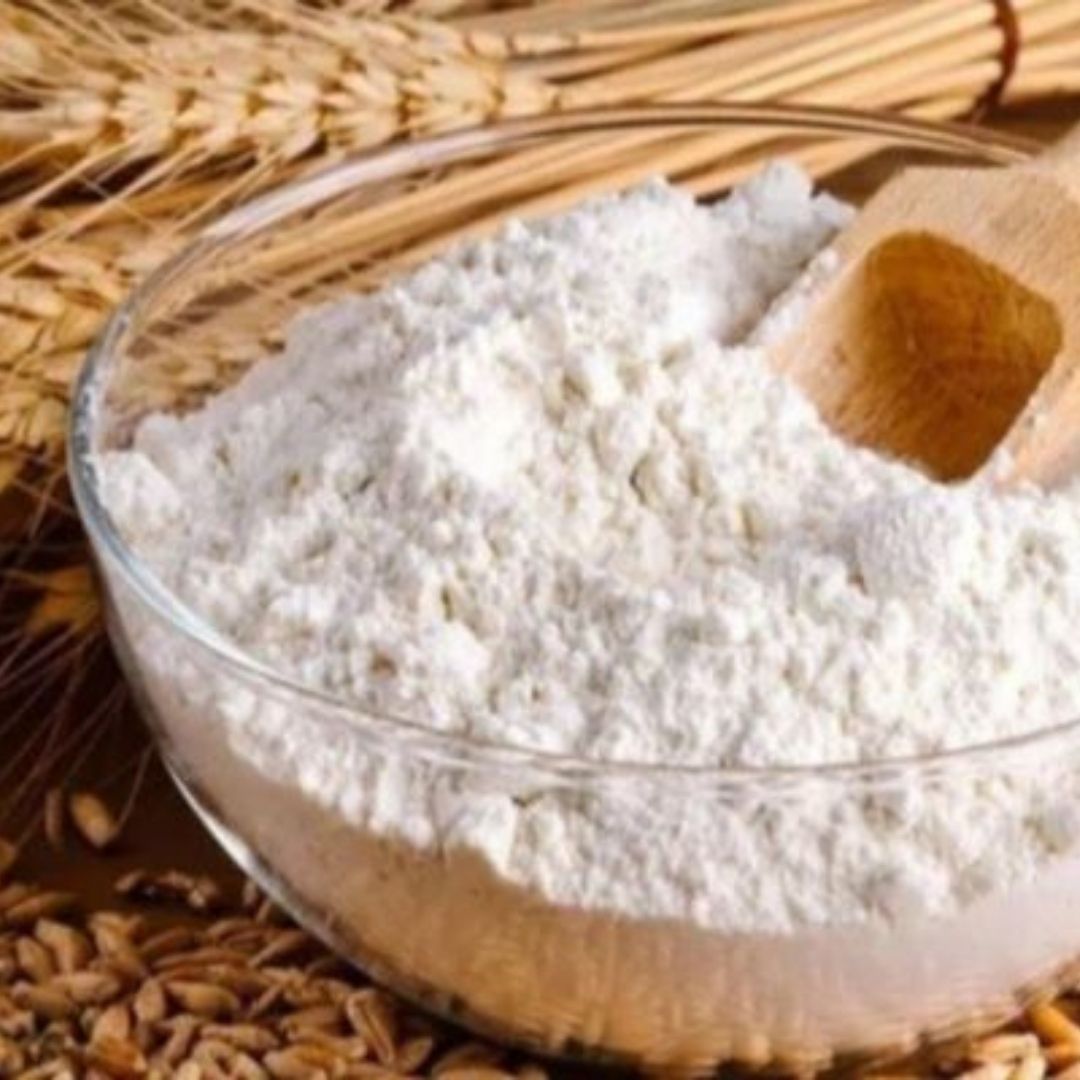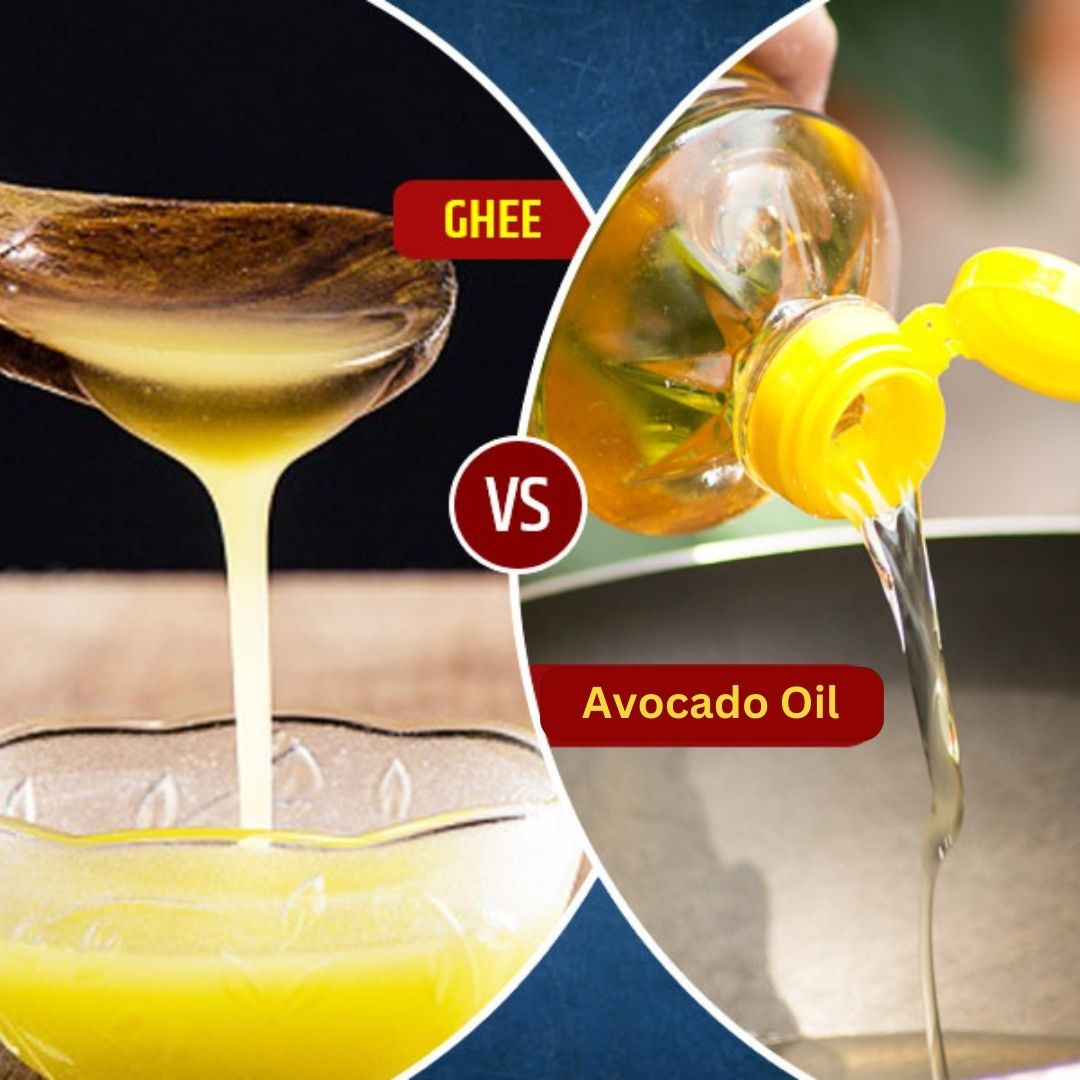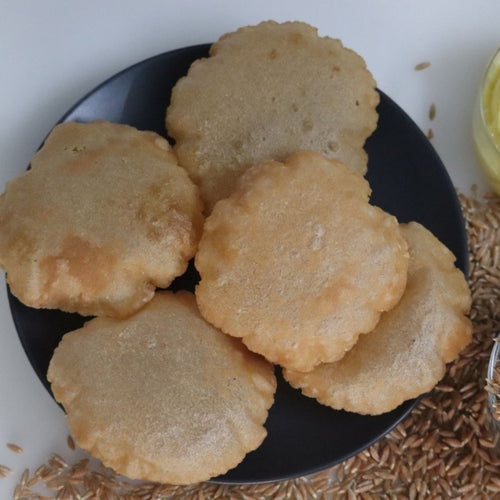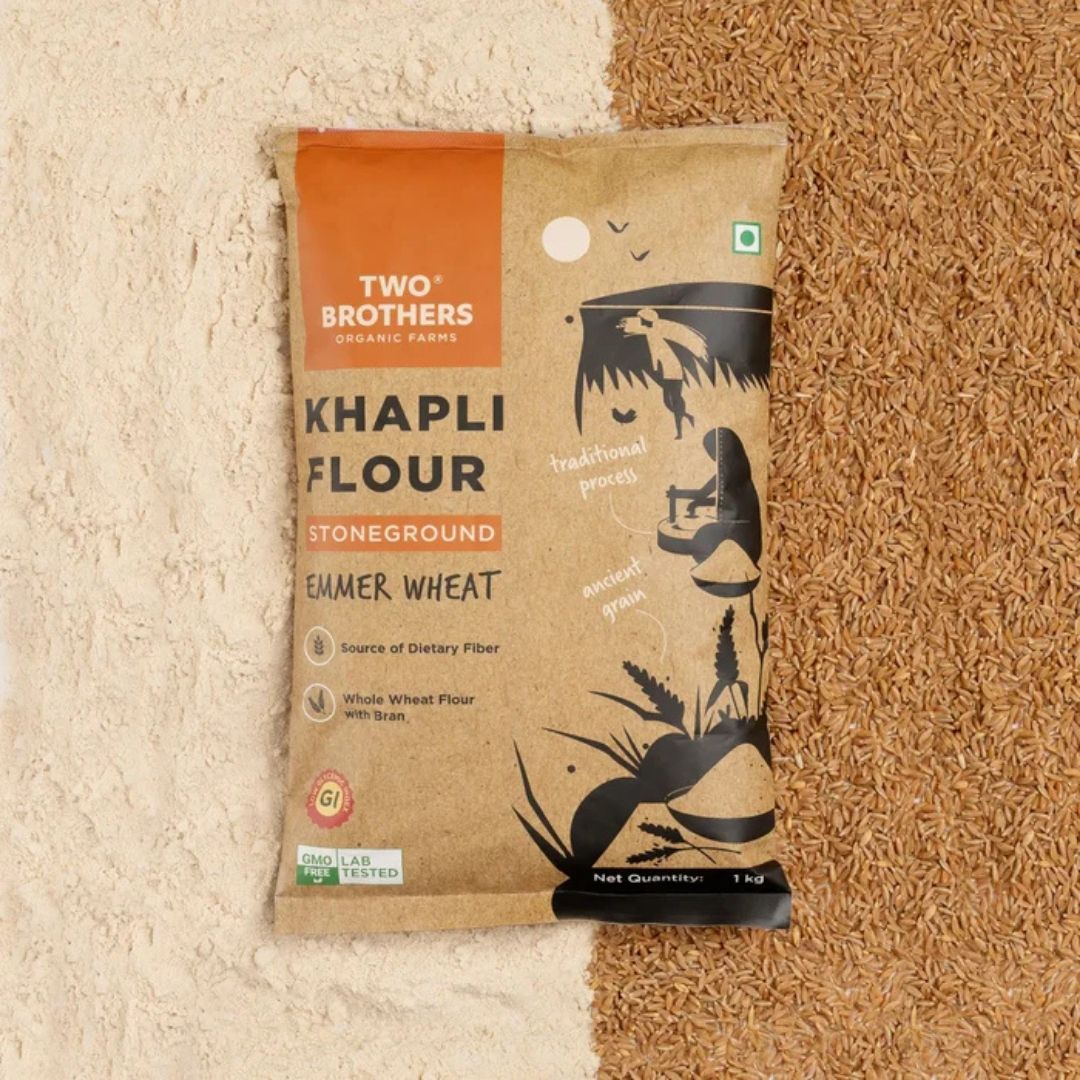It's a simple weekday dinner at your home with a steaming bowl of dal-rice or hearty serving of vegetable pulao. As you take a spoonful, instantly you reach for a side that adds an extra burst of flavor, and it's none other than some tangy mango pickle a.k.a Aam Ka Achaar. Sounds familiar, right?
Usually, India is known as a pickle nation for its variety of options. However, amongst, ‘Mirchi ka achar’ (Red Chillies pickle), ‘Nimbu ka achar’ (Lemon Pickle), ‘Amla ka achar’ (Indian Gooseberry Pickle), or others, Mango Pickle holds a special place in every Indian culinary memories.
Be it your khichdi, golden crispy parathas, aloo fry or even your Hyderabadi Biryani, Mango Pickles leaves a long lasting tangy impression transforming every meal into a celebration of flavors. It's not just a condiment but a symbol of flavor that elevates even the simplest of meals, and is a culinary tradition that is passed down through generations.

In this blog, we will take you on a flavorful journey to explore the art and nostalgia of mango pickle, from its traditional roots to modern variations that continue to delight taste buds worldwide.
So, let's begin!
The timeless significance of pickles in Indian culture
Now, pickles hold deep cultural significance in Indian cooking, with a rich history and regional variety. Beyond their tangy flavors, pickles have been valued for their practicality as they helped to preserve seasonal fruits and vegetables during times of abundance for consumption, and also supported during hard times such as famine, drought, floods, and more. This not only ensured food security but also allowed communities to savor familiar tastes year-round.
Usually, each region in India boasts its own unique pickle recipes, reflecting local climates, traditions, and ingredients. Whether it's the fiery red chili pickles of Rajasthan, the fragrant lemon pickles of South India, or the robust mustard-infused mango pickles of North India, these variations showcase the rich Indian culinary heritage, where pickles are more than just condiments, but edible legacies that connect generations to their roots.
So, how do we make this traditional recipe in three different ways catering to different tastebuds across the states? Come, let's find out in detail!
Pickling traditions to make Mango Pickles in three different Indian ways
Traditionally, every family has its own special pickling recipe, passed down like a treasured heirloom. In the past, pickling was a community event where families would gather, make pickles, and enjoy each other’s company, singing and chatting as they worked. It was a fun bonding activity that produced delicious pickles and strengthened relationships.
Similarly, during summers, mango pickles drying under the sun on rooftops was a common sight to behold. Now, mango pickles generally take about a week, with each day dedicated to a specific step.
So, let's dive into the world of Indian pickling and learn how to make Mango pickles in Northern, Punjabi, and Andhra styles.
Northern style Raw Mango Pickle

In Northern India, Mango Pickles are a staple, known for their bold flavors and unique use of mustard oil. Each region, from Bihar to Delhi, adds its own twist to this beloved condiment. Made with raw mangoes, mustard seeds, and a blend of spices, these pickles are sun-dried and infused with strong, tangy flavors. Thus, let's explore the traditional method of making these delectable Northern-style mango pickles.
The ingredients you`ll need:
-
Kairi, 1 kg
-
Rai (mustard seeds), 100 gms
-
Methi seeds, 10 gms (you can add a little less if you don't like the bitter taste)
-
Salt, 100 gms
-
Chili powder, 3-4 tsp as per the taste and type of chillies used.
-
Kashmiri chili powder, 1- 2 tsp for color.
-
Turmeric powder, one and a half teaspoons.
-
Hing, 1 tsp
-
Oil, 250 gms
Now, let`s deep dive into the cooking process. The steps are as follows:
Steps to Make Mango Pickle in North Indian Style
Day1 and 2
-
Prep the Mangoes: Wash the raw mangoes thoroughly and dry them completely. Then, cut them into small pieces.
-
Add Turmeric and Salt: In a large vessel, add a teaspoon of turmeric powder and salt (preferably sea salt). Heat the salt in a pan to remove any moisture.
-
Coat and Rest: Coat the mango pieces with the turmeric and salt mixture. Let them sit overnight.
Sun-Dry: Spread the mango pieces on a sheet or plate and place them under the sun for a day or two until they feel dry.
Day 3
-
Prepare the spices: Grind mustard seeds (brown or black) into a fine powder. Fry methi seeds in oil until crispy, then crush them with a mortar and pestle.
-
Mix spices with mangoes: Add the mustard seed powder, methi seed powder, and chili powder to the dried mango pieces. Mix well.
Day 4
-
Heat the oil: In a pan, heat mustard oil and add mustard seeds. When they start spluttering, add a teaspoon of hing and half a teaspoon of turmeric powder.
-
Cool the oil: Allow the oil mixture to cool to room temperature.
-
Combine everything: Pour the cooled oil over the spiced mango pieces. Mix well and transfer the mixture to a glass jar or barni (a ceramic pot specifically for pickles). Ensure there's enough oil to cover the mango pieces.
Day 5 and onwards
-
Final sun-drying: Place the jar or barni in sunlight for a day or two to ensure there's no moisture left in the pickle.
-
Ready to enjoy: The pickle is now ready to enjoy!
Now, let's see how Punjab celebrates its raw mango pickle.
Punjabi Style Raw Mango Pickle
Punjabi-style mango pickles are renowned for their bold, tangy flavors and aromatic spices. This traditional pickle, generously spiced and preserved in mustard oil, adds a burst of flavor to any meal.
Therefore, let's see how to create this flavorful delight. Let's begin with the ingredients first.
-
1 kg raw mangoes, chopped.
-
¼ cup mustard seeds – 40 grams, black or yellow, or 40 grams split yellow mustard seeds
-
¼ cup fenugreek seeds – 45 grams or 45 grams split fenugreek seeds
-
¼ cup fennel seeds – 30 grams
-
¼ cup nigella seeds (kalonji) – 30 grams
-
3 tablespoons turmeric powder (ground turmeric) – 15 grams.
-
¼ cup red chili powder or cayenne pepper – 25 grams.
-
½ cup rock salt (edible and food grade) – 125 grams or add as required; you can also add regular salt or pink salt.
-
3 cups mustard oil – add more if required.
Next, let`s cover the cooking instructions:
Here’s how you can make Punjabi-style raw mango pickles:
-
Prepare the Spices: Grind fenugreek seeds and mustard seeds into a coarse powder using a jar.
-
Prep the Mangoes: Rinse and air-dry the raw mangoes in sunlight until they are completely dry. Then, chop them into 1.5-inch pieces and place them in a large mixing bowl.
-
Mix the Ingredients: Add the ground spices, along with fennel seeds, nigella or onion seeds (optional), turmeric powder, red chili powder, and salt to the mango pieces. Mix well to coat the mango evenly with spices. Taste a piece to ensure it's slightly salty or adjust the salt if needed.
-
Add Mustard Oil: Pour in ½ cup of mustard oil and mix thoroughly to combine with the mango and spices.
-
Jar and Sun-Dry: Transfer the pickle mixture into a clean ceramic or glass jar using a clean spoon. Seal the jar and place it in direct sunlight for 3 to 4 days. Ensure the sunlight is strong and direct, not cloudy or dark.
-
Daily Mixing: Every evening, open the jar and gently stir the pickle with a clean spoon. Mix well, ensuring all mango pieces are coated with oil and spices.
-
Final Oil Addition: After 3 to 4 days of sun-drying, add the remaining 2.5 cups of mustard oil to the jar. Mix thoroughly again with a clean spoon, ensuring all mango pieces are submerged in oil.
-
Storage: The mustard oil should float about 2 to 3 inches above the pickle. Seal the jar tightly and store it in a cool, dry place for 4 more days to allow flavors to meld.
-
Enjoy: Your Punjabi Mango Pickle is now ready to savor with any Indian meal!
Next, let's learn how to make Andhra-style Raw Mango Pickle.
Andhra Style Raw Mango Pickle
Andhra Pradesh is usually recognized by its fiery cuisine, and from its core comes a pickle that is known for its bold flavors and intense spice mix. The Andhra-style raw mango pickle, or Avakaya, is a beloved staple in South Indian households. Made with fresh raw mangoes, and a generous mix of spices, this pickle packs a punch that enhances every meal. Its preparation involves a meticulous process of sun-drying and careful seasoning, ensuring each mango piece absorbs the vibrant spices and tangy goodness.
So, how is ‘Avakaya’ made? Let`s list out the ingredients first.
-
1 kg raw mango cut into small pieces
-
15-20 garlic cloves
-
1/2 cup mustard seed powder
-
1/4 cup red chilli powder
-
2 tablespoons fenugreek seeds roughly ground
-
1/2 cup salt or to taste
-
1 cup sesame oil
Next, let's discover the steps for making this yummy pickle.
-
Wash and dry the mangoes. Cut them into 1-2 inch pieces. Keep the garlic cloves with their thin layer intact.
-
In a large bowl, mix mustard seed powder, red chili powder, and salt until well combined. Add the mango pieces, methi seeds, and garlic pods, mixing thoroughly with your hands. Pour sesame oil over the spiced mango pieces and transfer everything to a sterilized glass jar.
-
Place the jar in the sunlight for 3 days, shaking it occasionally. By day 3, if you see oil floating about ½ inch above the pickle, it's ready. Store it at room temperature.
Next, let's discover some secret sauce to ensure your Mango Pickle turns out perfect.
Pro-tips for making the perfect Mango Pickle:
Here are some essential tips for making great mango pickle:

-
Fresh Spices: Ensure your spices are fresh and not past their shelf life to maintain optimal flavor.
-
Quality Oil: Use high-quality mustard oil, preferably cold-pressed or wood-pressed, for traditional flavor. Alternatively, sesame oil or sunflower oil can be used, but they will impart different tastes.
-
Dry Mangoes: Thoroughly pat dry the mango pieces to prevent moisture, which can spoil the pickle.
-
Adjust Spice levels: This pickle is known for its spiciness, but you can adjust the red chili quantity to suit your preference.
-
Grind Spices coarsely: Coarsely grind mustard and fenugreek seeds instead of making them into a fine powder.
-
No Heating needed: Unlike mustard oil, sesame oil can be added directly without heating.
-
Sun Exposure: Place the pickle jar in sunlight to speed up the pickling process. If sunlight is scarce, it may take 7-10 days to mature properly.
Following these tips will help you create a delicious batch of mango pickle that suits your taste preferences and preserves well.
FAQs:
Q: Is it OK to eat mango pickles every day?
A: Absolutely! Enjoying a small amount of pickle daily is perfectly fine. Pickles can help boost digestion, enhance metabolism, and are packed with antioxidants, vitamins, and minerals that benefit your health.
Q: Which oil to use for mango pickle?
A: You have options like mustard, sesame, groundnut, sunflower, or any oil you prefer. Mustard oil adds a distinctive flavor ideal for traditional mango pickles. For a taste closer to South Indian styles, sesame or groundnut oil are great choices.
Q: Why are pickles kept in sunlight?
A: Sunlight plays a crucial role in pickling. It helps remove moisture, initiates fermentation, and slowly cures the pickles by gently heating them. This process creates an environment where beneficial bacteria can thrive, enhancing flavors and extending shelf life by reducing excess moisture and harmful bacteria.
Q: What are the Ingredients of Mango Pickle?
A: Mango pickles typically include mangoes, salt, spices (like mustard seeds, fenugreek seeds, turmeric, and red chili powder), oil, and sometimes vinegar. These ingredients combine to create the spicy, tangy flavors characteristic of mango pickles.
Q: What is the best mango pickle recipe?
A: The best mango pickle recipes start with ripe mangoes and a blend of spices such as mustard seeds, fenugreek seeds, chili powder, turmeric, and salt. After mixing with spices, the mango pieces are preserved in a mixture of oil and vinegar, allowing them to develop rich flavors over several days.
Ending Notes:
Therefore, in every jar of Mango Pickle lies a story of taste, tradition, nostalgia, and a testament to the age old art of perfect pickling. So, whether you enjoy the fiery kick of Punjabi-style pickle or the aromatic blend of South Indian spices, making your own mango pickle requires dedication and the right ingredients.
Thus, if you're looking for a taste of authenticity without the effort, try Two Brothers Organic Farms' Raw Mango Pickle and Spicy Raw Mango Pickle. Crafted with care from organic ingredients, these pickles promise to bring the vibrant flavors of India straight to your table.
So, bring home these pickles and elevate your meals with a spoonful of flavor that promises a taste of home.



